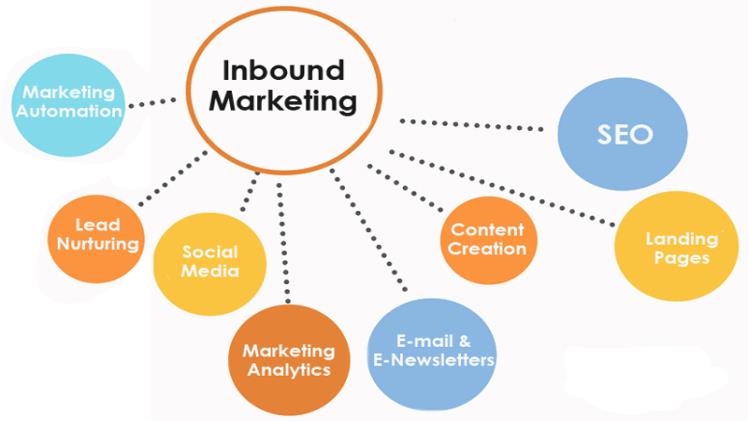Marketing is not a one-size-fits-all industry. Every business is a little bit different and requires a unique approach to building its brand and spreading brand awareness. That being said, there are some overarching techniques that many industries use to help get customers through the door. One of these is inbound marketing.
The Basics
Inbound marketing is a type of digital marketing that’s focused on bringing the customers to you. Instead of spending thousands on advertising, you can put your money into creating things like sales funnels, a seamless customer experience and passive revenue streams.
The goal is to build your business from the inside out by creating (and delivering) valuable content, services and products. This is what convinces prospects to take the next step and builds strong, long-term relationships with clients.
There are three ways to appeal to potential customers with inbound marketing:
- Attract – pique their interest and make them click on your link
- Engage – offer something of value that’s easy to engage with and puts them in your sales funnel
- Delight – make the relationship fun! Give them free stuff or added value just for sticking with you
The Benefits
There are many benefits to using the inbound approach in your business, but we’ll just look at the top three.
The first is savings! On average, it costs significantly less to establish and implement inbound marketing tactics than it does with outbound. That’s because when you’re focused on outbound tactics, you’re paying for lots of ads that only pay out a fraction of their cost. With inbound, you’re investing in your business so you can recoup your expenses plus earn profits on your efforts.
Inbound marketing can also go further to build trust with potential customers than outbound. That’s because when they find your website organically and can learn about your business at their own pace, they feel like they’ve created a relationship with you. It’s much more effective than a Google Ad screaming “Buy now!” on the side of their browser window.
Lastly, you can create higher-quality leads with inbound marketing. When you focus your efforts on targeting only ideal clients, the people who find your website are the exact group you cater to. You can also add lead generators and other gated content to further qualify your leads by asking for specific information.
How to Do It
Inbound marketing works best when you take a combination approach to attract leads. Here are five strategies you can use in your business:
- Build a strong website. Your website is the hub of your business with inbound marketing. It needs to include clear messaging that highlights your customer’s problem and the solution you offer.
- Use sales funnels. Sales funnels are invaluable in inbound marketing. It’s the way you set up your website so you can guide people through the customer journey and ultimately to a purchase.
- Create valuable content. Potential customers will be looking to you to educate them about your products and services. Create content about your brand that can educate, inspire and engage leads, as well as drive organic traffic to your website.
- Employ Automation. Inbound marketing is all about timing. Automating your processes helps your sales and customer service staff keep up with the leads pouring in so every single one feels like they’re receiving quality support. You can automate things like email nurture series, chat box responses and marketing campaigns.
- Test, test, test! Your success with this marketing method directly correlates to how people respond to your tactics. It’s important to use A/B testing with each new marketing effort to ensure you’re using the most highly responsive version you can create.
Inbound marketing is a great solution for businesses that want to attract leads without decimating their budget on ad spend. Focus on creating valuable content and a powerful website that attracts users and drives sales. The result will be loyal customers who stick with your brand for years.

